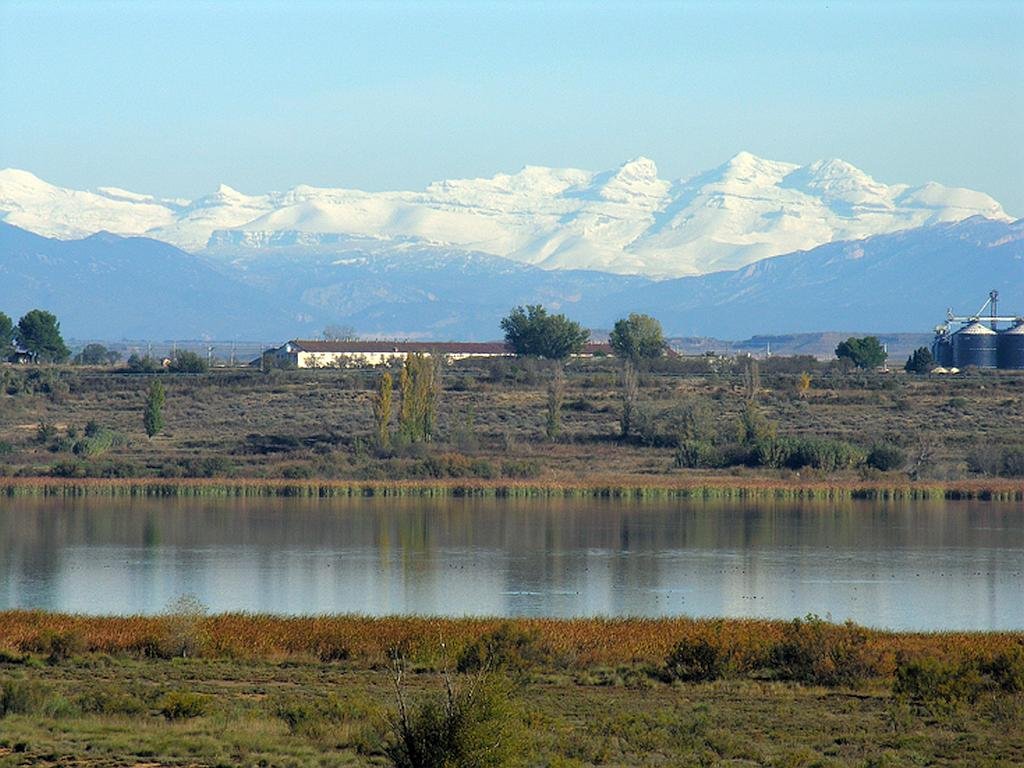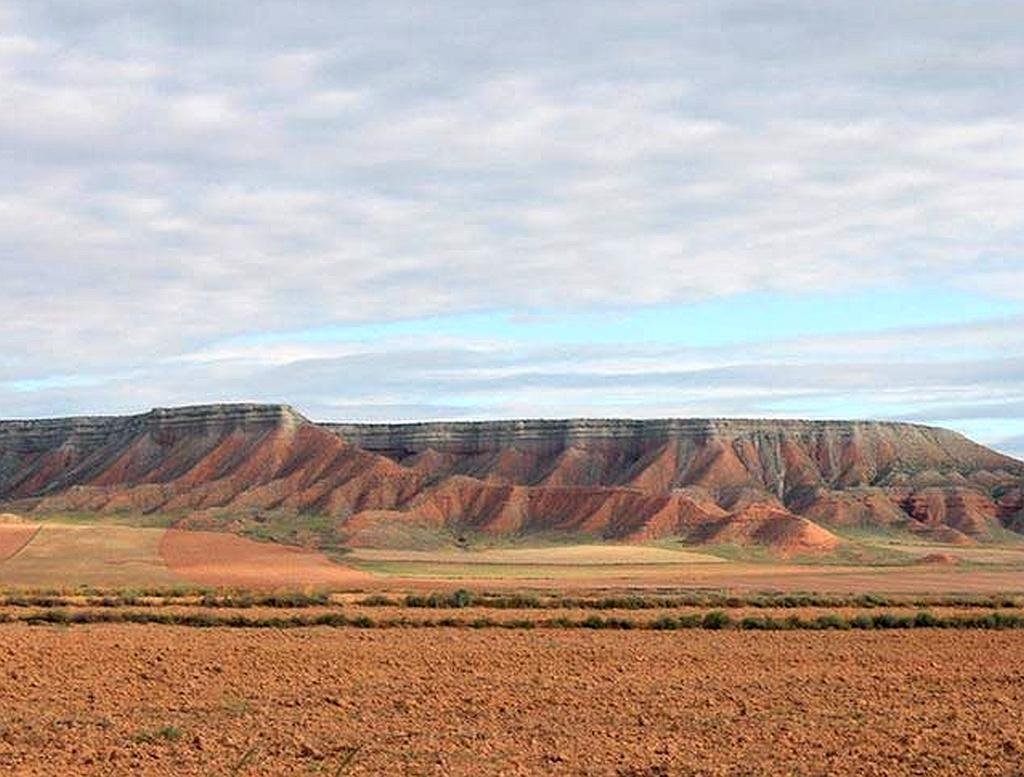The Refugio de Fauna Silvestre de la Laguna de Sariñena (in Aragonese Refuchio de Fauna Silvestre d’a Lacuna de Sarinyena ) is a wildlife refuge located in Los Monegros in the south of the province of Huesca. The refuge, which has an area of 604 hectares was declared as a protected natural area for the first time on April 4 1995. It is located within the municipality of Sariñena between the basins of the Alcanadre and Flumen rivers. In 2001, the natural space was also declared a Special Protection Area for Birds (ZEPA) together with the other nearby lagoon of the Balsa de la Estación.
The Sariñena lagoon is endorheic meaning that its waters have a very high concentration of salts.
I’ve been living in this lovely area of Western Andalucia for the last 20 years or so and dedicate most of my time to the running of English language tourist information websites for the towns of Cádiz, Ronda, Grazalema, the famous or infamous Caminito del Rey, and also Wildside Holidays, which promotes sustainable and eco-friendly businesses running wildlife and walking holidays in Spain. My articles contain affiliate links that will help you reserve a hotel, bus, train or activity in the area. You don’t pay more, but by using them you do support this website. Thankyou!



